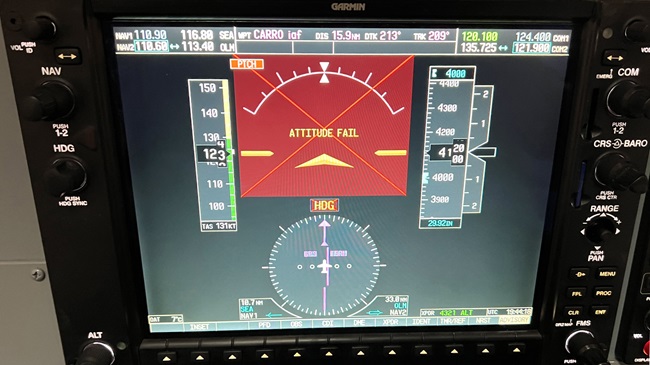IFR Fix: Disoriented in Des Moines
The approach controller quickly grasped that the pilot who had just accepted an en-route IFR clearance to a socked-in destination had no business flying in instrument weather.
Sounding off about that would have to wait until this shaky aviator was back on the ground. If you have ever been handled skeptically by ATC, perhaps after you flubbed a radio call or blew an altitude, a scenario like this one may have jostled the controller’s memory.
“He responded that he wanted to go IFR,” recounted the controller, who cleared the pilot via the destination’s initial approach fix.
Soon the pilot began flying erratically and losing altitude. “I began to suspect he had become disoriented and attempted to give him a heading.”
A low-altitude alert followed. The controller recommended diverting to the nearest airport, according to the report the controller later submitted to the Aviation Safety Reporting System.
The pilot continued to struggle while diverting. “I suspected he was unable to program his GPS and maintain his instrument scan in IMC and immediately had him focus on leveling his aircraft to maintain straight and level flight without trying to navigate as well,” the controller noted, confessing doubt that the pilot could fly the instrument approach.
Instead, the controller decided to send the flight to another airport—Ames Municipal, where weather was better, at 2,000 overcast—using no-gyro vectors. This strategy still required the struggling pilot to climb above an obstacle and descend again—but the plan worked, and the pilot called the field in sight.
“About 2 minutes later the pilot called on the ground and I canceled his IFR and made sure the pilot and aircraft were okay.”
Now the controller could sound off to the ASRS about lessons—some harsh—learned from the experience:
- Don’t assume every pilot who requests an IFR clearance can fly in IMC.
- Be wary of “general aviation pilots who show signs of not being able to handle a complex aircraft in IMC such as poor read backs and erratic flying.”
- Teach controllers about the riskiness of VFR flight into IMC and to recognize the hazard of “low time, inexperienced pilots attempting IFR flight on LIFR days with few options in the event of a missed approach.”
All good lessons for pilots too.




